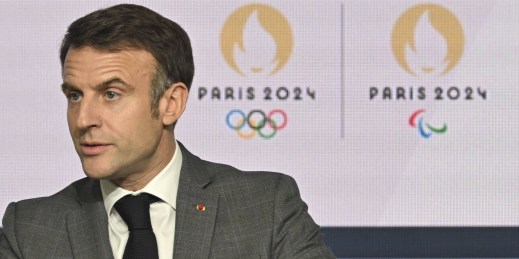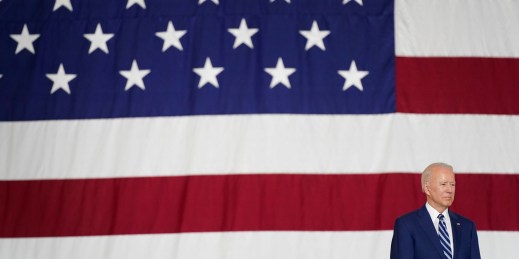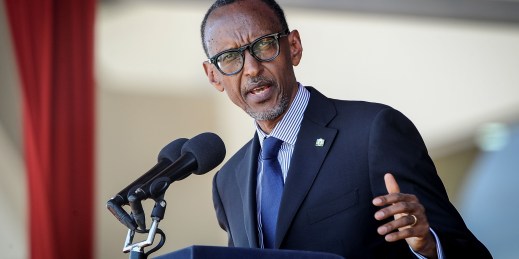Overnight, France’s high-speed rail network was struck by a series of coordinated arson attacks along lines connecting Paris with other major cities. The attacks have left hundreds of thousands of people stranded on the eve of the Opening Ceremony for the Summer Olympic Games in Paris. No group has yet claimed responsibility. (Reuters)
The attacks and the security gap they exposed will only add tension to what is an already tense atmosphere heading into the Paris Olympics. That’s true not only for spectators and Paris residents, who remain concerned about security at the Games, but also for the organizers, who have a lot riding on these Games being a success, perhaps more so than any other recent Olympics.
Seven years ago, when Paris was chosen as a host city, the Games were meant to fit neatly into French President Emmanuel Macron’s soft power ambitions for the country, as Jakob Cansler wrote in April. After parliamentary elections earlier this month, though, Macron is now effectively a lame-duck president in a country on course for political paralysis, something the run-up to the Games has only spotlighted.
Still, even if the stakes are no longer as high for Macron—he has nothing left to lose and little to gain from them—they are still high for the International Olympic Committee. Over the past decade, a narrative has emerged that the burdens of hosting the Games outweigh the benefits. Budgets have ballooned. Local citizens have been mistreated, particularly in low-income neighborhoods. And stadiums built for the sole purpose of the Olympics have been left behind to deteriorate.
In response, the Olympics were forced to change their host bidding process to make it less competitive. Cities are no longer convincing the IOC to let them host, but vice versa. As a result, starting with Paris, the next six editions of the Olympic Games—summer and winter—will be hosted in Western countries, with the U.S. and France each hosting twice. That follows a decade in which only non-Western countries hosted.
That’s a problem for the IOC, which sees itself as a global, unifying organization. That’s why it desperately needs the Paris Olympics to serve as a blueprint for a new era of the Games, one that can still deliver the spectacle of previous editions but without the supersized budgets, the excessive burden on local citizens and the “white elephant” stadiums.
Paris 2024 could very well deliver. As Cansler wrote:














